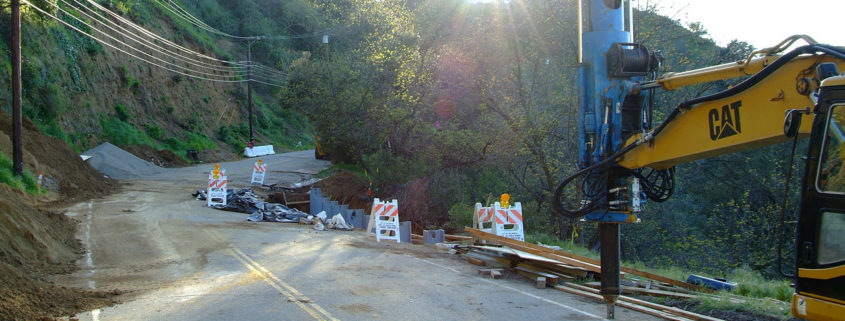Trump’s Infrastructure Plan is a Rare, and Potentially Bipartisan, Feel Good Moment
President Trump’s proposed trillion dollar plus infrastructure program represents a rare, and potentially united feel good moment. Yet before we jump into a massive re-do of our transportation, water and electrical systems, it’s critical to make sure we get some decent bang for the federal buck.
In principle, improving our physical connectivity should improve the economy, particularly in more rural areas where moving goods is often challenging. Modernizing our dilapidated waterways, protecting coastal cities from floods, preparing better systems to store water as well as fixing the roads and eliminating traffic bottlenecks are genuine priorities.
Yet, as can be seen by examples from Japan, infrastructure development can also create boondoggles that enrich vested interests but not spur economic growth. Like a child in love of shiny things, politicians tend to embrace infrastructure not so much for its efficacy, but to advance their careers and political agendas.
What can go wrong?
To see how bad decisions can be, look at California, a state which once led in economically critical infrastructure but now striving to present the worst possible example. Over the past two decades, California has become among the states least committed to new infrastructure, despite absurdly high tax levels. And when the spigot has been turned on, it’s been largely to socially engineer people from roads, which provide nearly all trips, to transit.
The losers here are Californians, with massive spending on transit rail rejects people cannot use, while the roads they depend on are among the nation’s worst. Less than 2 percent of the state’s motorized travel is on transit and ridership is declining. Worse, transit provides little mobility compared to cars. In the largest California metropolitan areas, the average worker can reach 65 times as many jobs by car as by transit in 30 minutes, even with our traffic congestion. No wonder that poorer people in Los Angeles are increasingly buying their own cars, a development that UCLA researchers acknowledge is valuable, but then express the view that “driving is too cheap” in a state with high gas prices and an excessively high cost of living.
Rather than improve mobility, Gov. Jerry Brown has obsessed on a high-speed train with costs more than twice original projections, yet, with now slower travel times. This vanity project could place enormous strains on the state budget, while doing little, or nothing, to reduce greenhouse gases. Prominent Democrats, like Senate Transportation Chairman Jim Beall, D-San Jose, have turned skeptical while the liberal columnist George Skelton has uncharacteristically suggested Brown’s legacy could well end up as a “boondoggle bullet train to nowhere.”
Two essential elements: Localism and a fix on the future
Given these experiences, the president and Congress need to correct the enormous distortions that now bedevil infrastructure investment. Federal incentives tend to favor massive spending on mass transit, which, although useful for commuting to a few large downtown areas, have proven ineffective in terms of improving mobility or attracting drivers.
Read the rest of the article at The Orange County Register
Photo credit: FEMA via Wikimedia, Public Domain



